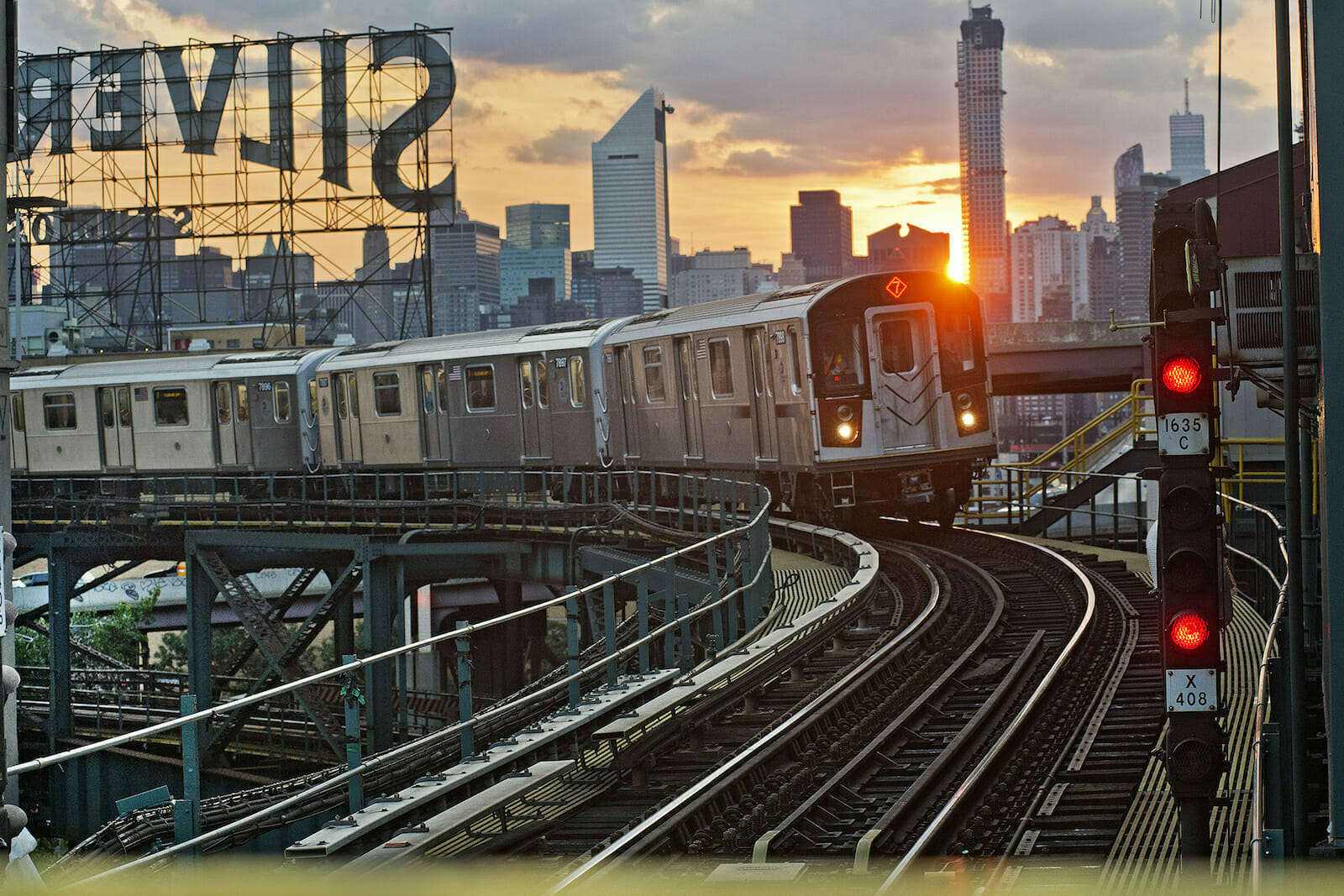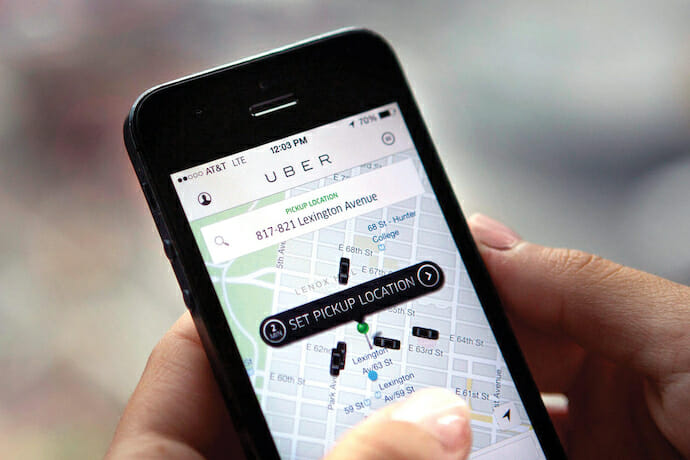
Tech
Uber & the Neoliberal State
Every day in my local papers, I read stories with headlines like “Subway Ridership Dropped Again in New York as Passengers Flee to Uber.” AMNY, in its daily Tweet compilation section, generally devotes at least half of its selections to posts bashing the subway and bus system. In the midst of the hangover that was last week’s Uber IPO (in which it immediately lost 8% of its value), it would be appropriate to contemplate the intersection of Uber (and its ugly stepsister Lyft) and the government.
In the shadow of the Great Depression and WWII, under the Administrations of the multimillionaire Franklin Roosevelt and the no-nonsense Republican Dwight Eisenhower, the federal government invested the equivalent of football fields full of cash on infrastructure projects like the Interstate Highway System (which cost half a trillion in today’s dollars). States and cities likewise undertook great transportation schemes. Between the 1920s and 1960s, Robert Moses funded 413 mi. of parkways and 13 bridges for NYC through, among other things, local tolls.
This spirit of investing in the mobility of American citizens and goods gradually died off with the rise of neoliberalism in the 1970s and 1980s; federal spending for transportation infrastructure spending has been in decline since Lyndon Johnson’s Great Society. The sea change was most spectacularly evidenced on Oct 22, 1981, when President Reagan fired and blacklisted 11,345 striking federal air traffic controllers. Cue to the present. The American Society of Civil Engineers has given America’s infrastructure a dismal grade of D+ since 2013. Trump on the 2016 campaign trail said that “Our airports are like from a third world country.”
Governmental abdication in regards to public transportation has created a vacuum that the private sector is now trying to fill. This is problematic for many reasons. Bereft of the full-time employee status and union membership of public transit employees, Uber, and Lyft drivers, as “independent contractors,” are treated like sharecroppers, with no minimum wage or pension/healthcare plans. Infrastructure underfunding leads to lost opportunities for construction companies and their suppliers, which costs the economy money and jobs. Uber and Lyft, by contrast, contribute nothing to the roads, tunnels, and bridges that they use, other than tolls and the income that they don’t shield via elaborate tax evasion schemes. That and a nearly threefold increase in congestion, which hurts shipping and personal drivers’ commutes. Safety laws are frequently broken by Uber and its drivers, who undergo nothing more than a basic background screening and receive no substantive training, prior to being hired. The secluded, close-quarters nature of the rideshare template has led to many incidences of sexual assault and harassment for drivers and riders alike (by contrast, bus and yellow-cab drivers are generally shielded from their clients by bulletproof glass).

In regards to public transportation (and many other fields), the US is quickly falling behind China. The Middle Kingdom has over 19,000 miles of high-speed rail (much of it built just this past decade); the US has just 2% of that total and much of it is contained to an old NYC-DC Acela line that is woefully obsolete. Eight new airports get built in China every year, meaning that China’s total stockpile of airports will double by 2035. The last American international airport was built last century and many existing airports, like the infamous LaGuardia, are falling apart due to underfunding. The nation famous for its cyclists also boasts the world’s largest elevated bike lane; by contrast, bike lanes are a very controversial issue in American cities, where its staunch-individualist detractors decry them as Communist plots.
This growing disparity is being fueled by the two nation’s different appropriations models. China realizes the importance of central planning in regards to major infrastructure projects. Investing in high-speed rail might not be “profitable” if measured solely by ticket revenue, but it pays for itself in the long-term by spurring urban development, construction contracts, and employment, and increased tax revenues from workers now able to access better jobs and commerce. Not to mention that traffic accidents, often the result of crumbling and obsolete road infrastructure, is the #8 cause of fatalities worldwide, including 32,000 a year in the US. The American mindset is more myopic, focused only on short-term viability for investors. This was encapsulated by Trump’s infrastructure plan, which focused on subsidies for corporations and localities…the same model that has been failing America’s infrastructure for decades.
It’s clear that the Uber-ization of public transportation is an inadequate and unsustainable solution. The corporate model is solely predicated on short-term growth and the exploitation of its workforce. In order to keep up with fellow superpower China, the US must take a centralized approach to maintaining and upgrading its faltering subways, trains, airports, bridges, roads, and waterways. Roosevelt’s Works Progress Administration employed about 9 million Americans in the construction of some of the world’s most successful infrastructure projects, such as 29,000 new bridges, at the height of the US’ greatest financial crisis. People like Bernie Sanders and Alexandria Ocasio-Cortez are looking to emulate this past success by enacting a Green New Deal, which would employ millions of Americans in constructing sustainable infrastructure. Likewise, it would be a boon for construction firms, industrial goods suppliers like Caterpillar, shipping-oriented companies like Amazon and urban-based businesses as a whole. America must invest in itself, in its people, in its future.

